Discrete Ordinates (DO): Beginner Training Package, 10 CFD Simulations
$299.00 $149.50 Student Discount
Short Description List:
- Master Discrete Ordinates (DO) radiation modeling through ten beginner-friendly CFD simulations
- Learn solar radiation applications in architectural and energy systems
- Explore diverse scenarios from traditional architecture to modern solar collectors
- Develop expertise in HVAC, heat transfer, and energy conversion systems
- Perfect your skills in both indoor and outdoor thermal analysis
- Apply fundamental radiation modeling techniques to practical engineering challenges
To Order Your Project or benefit from a CFD consultation, contact our experts via email (info@mr-cfd.com), online support tab, or WhatsApp at +44 7443 197273.
There are some Free Products to check our service quality.
If you want the training video in another language instead of English, ask it via info@mr-cfd.com after you buy the product.
Description
Discrete Ordinates (DO) Radiation Model: ANSYS Fluent Training Package, 10 CFD Simulations for Beginner Users
### Discrete Ordinates Radiation: From Solar Applications to Thermal Systems
#### Comprehensive Radiation Modeling for Beginners
This extensive training package guides newcomers through ten carefully structured simulations, progressing from basic solar radiation concepts to advanced thermal applications. Using ANSYS Fluent, learners develop a strong foundation in DO radiation modeling while exploring practical engineering scenarios.
### Systematic Learning Progression
The course follows a thoughtful learning path, starting with fundamental solar radiation effects on buildings, advancing through solar energy applications, and culminating in complex thermal systems. This structured approach ensures thorough understanding while gradually building technical complexity.
### Technical Applications and Depth
#### Architectural and Building Physics
Beginning with basic building applications, learners explore solar radiation effects on houses and traditional architecture. These modules establish core radiation modeling concepts while addressing real-world architectural challenges, including both internal and external ventilation considerations.
#### Solar Energy Systems
The intermediate sections focus on solar energy applications, covering various collector designs from simple solar ovens to sophisticated parabolic through reflectors. This progression helps learners understand how geometry and design influence radiation performance.
#### Advanced Thermal Applications
The final segment explores more complex systems, including packed bed reactors, catalyst particles, and heat sink performance. These advanced applications integrate DO radiation modeling with other physical phenomena, providing a comprehensive understanding of thermal system behavior.
### Implementation and Practical Skills
The course structure emphasizes hands-on learning through progressively challenging simulations. Each module builds upon previous knowledge while introducing new concepts and techniques. Special attention is given to:
#### Time-Dependent Analysis
Understanding solar radiation variations throughout the day and their impact on system performance.
#### Geometric Considerations
Exploring how different geometries affect radiation patterns and thermal performance, from simple facades to complex collector designs.
This comprehensive approach ensures that beginners develop both theoretical understanding and practical simulation skills, preparing them for real-world engineering challenges in thermal system design and optimization.
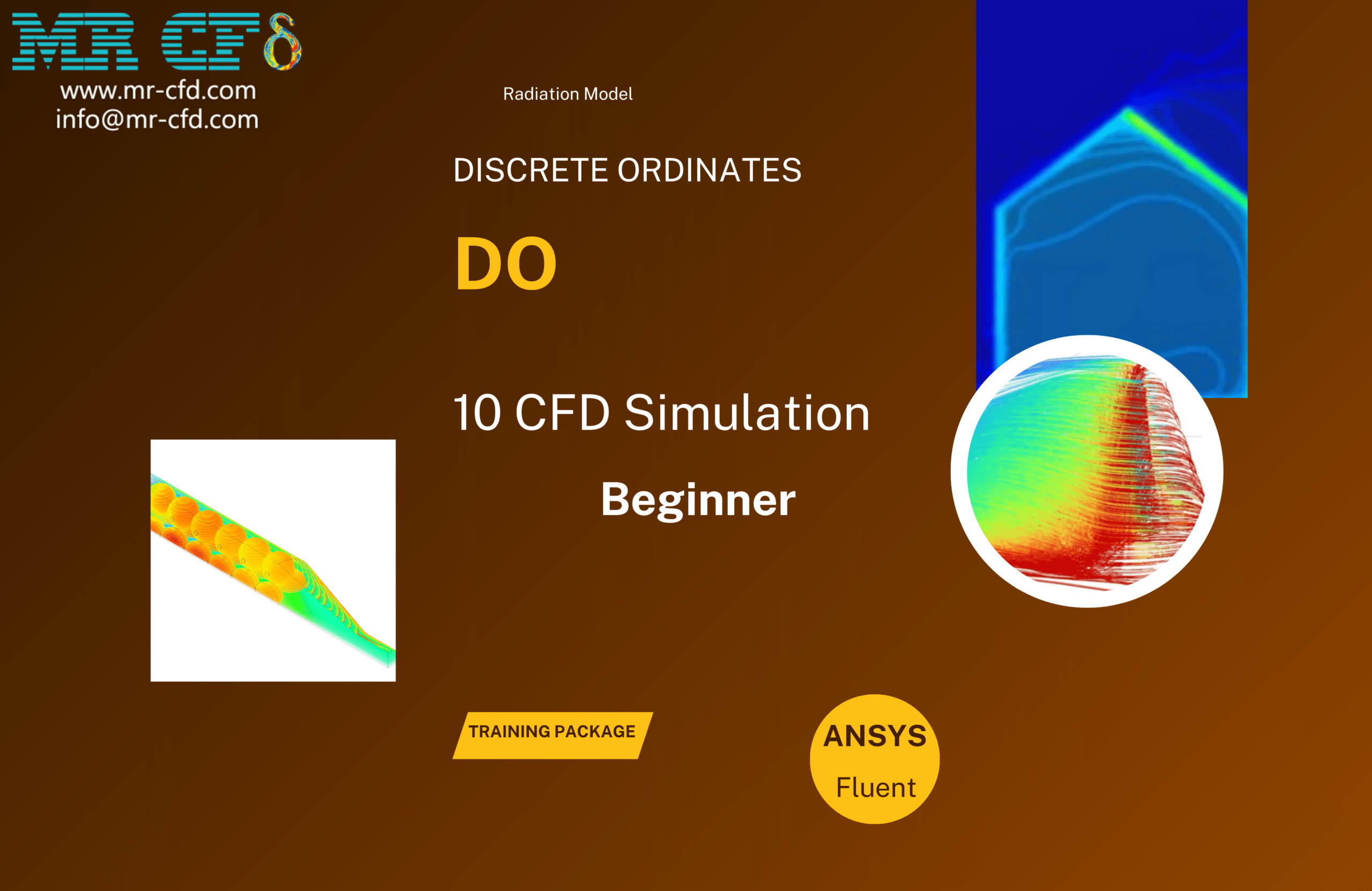
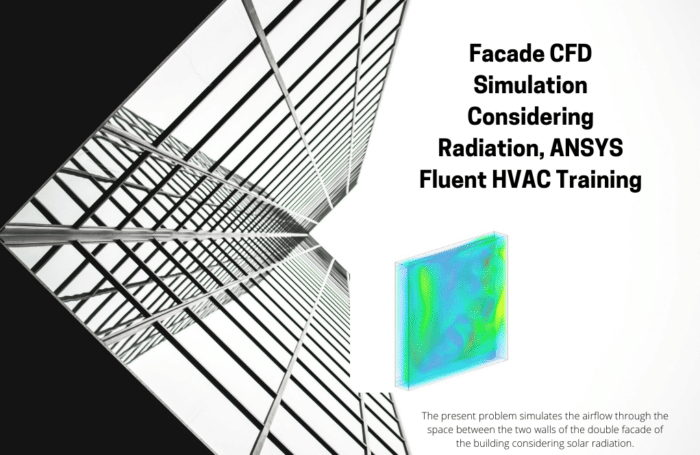
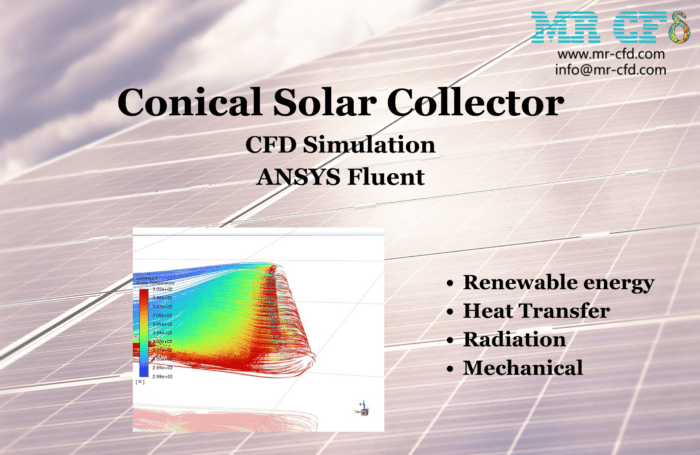
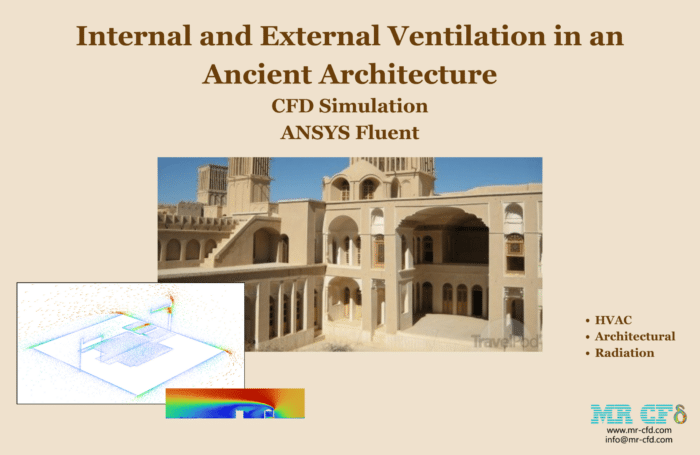
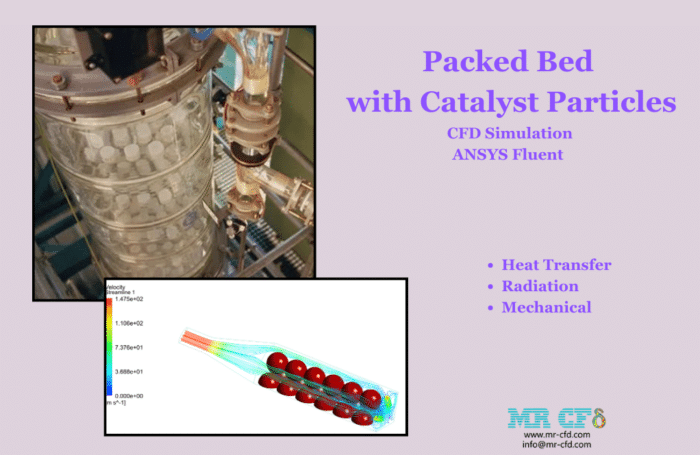
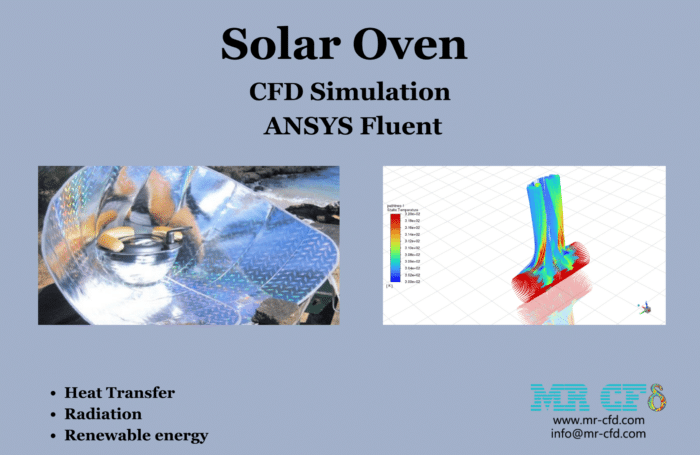
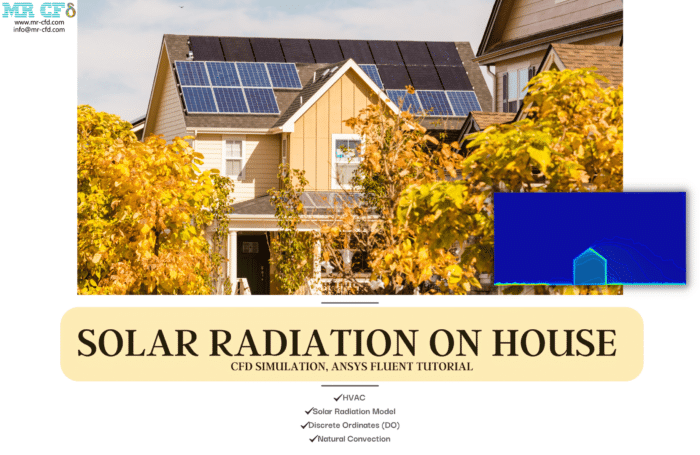
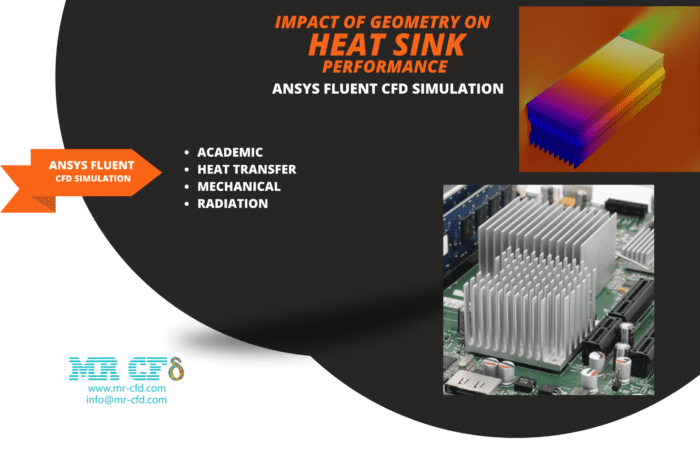
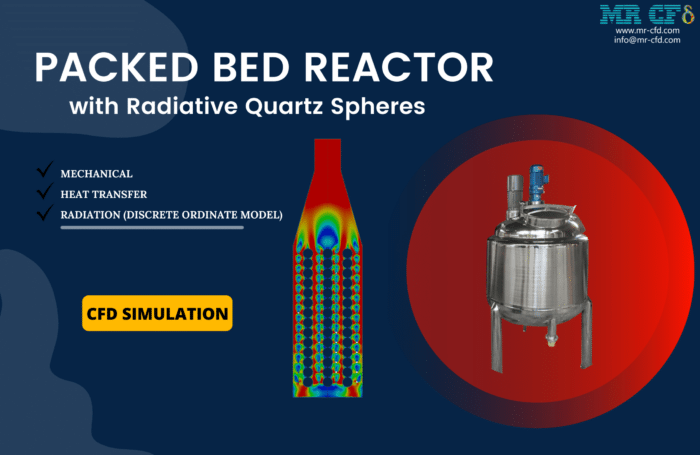

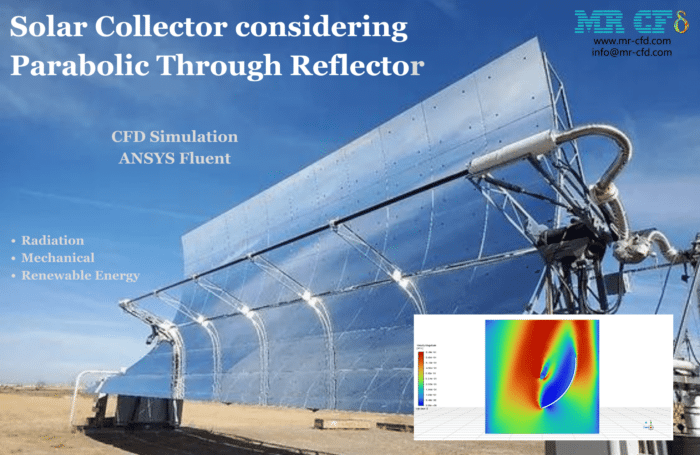
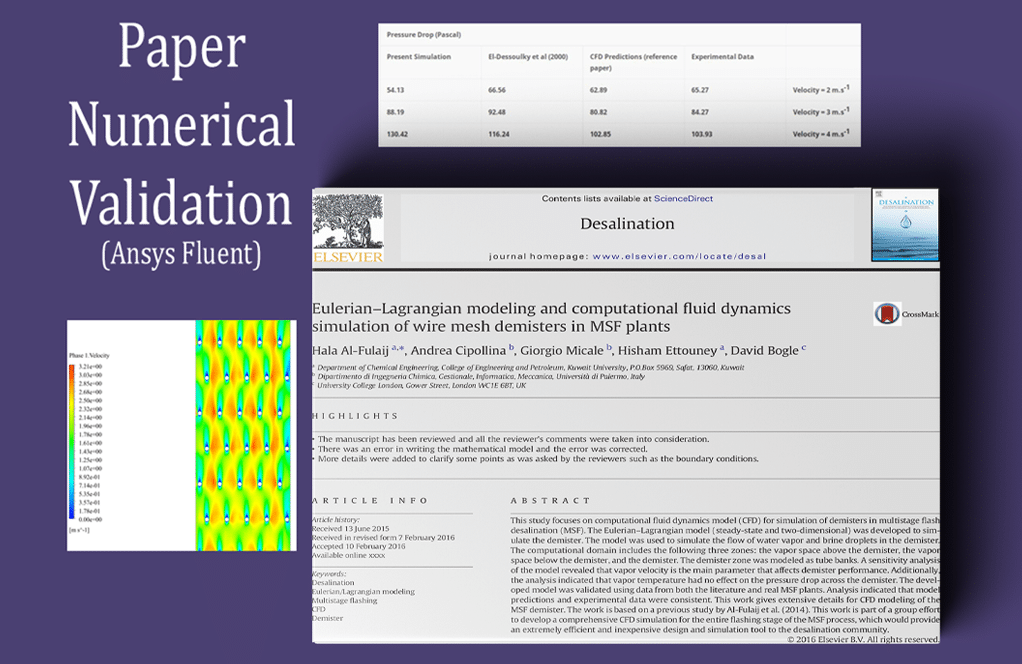
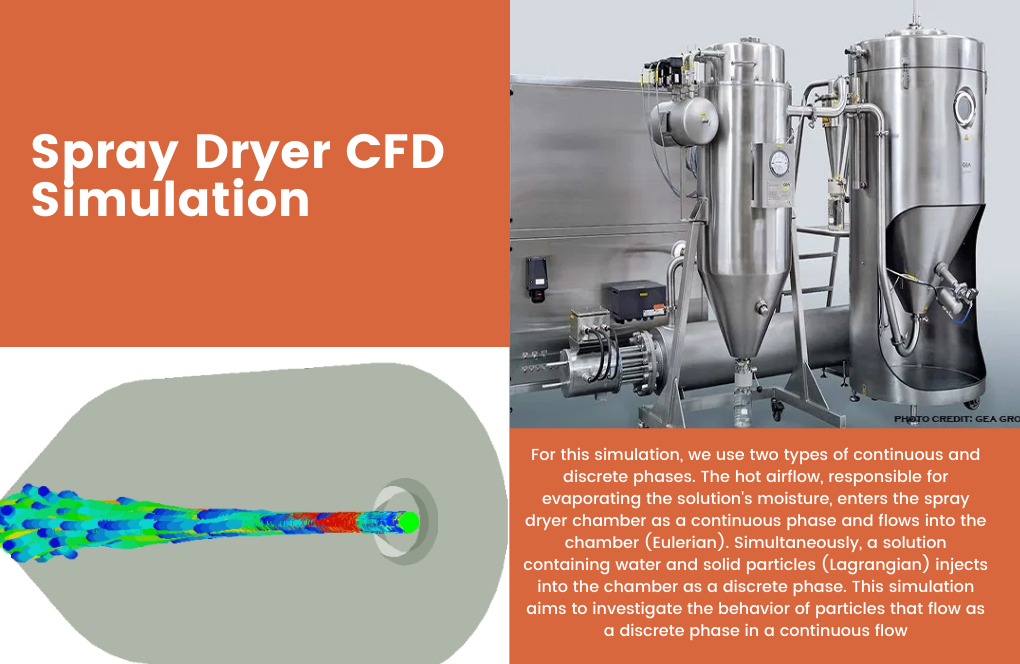


Reviews
There are no reviews yet.